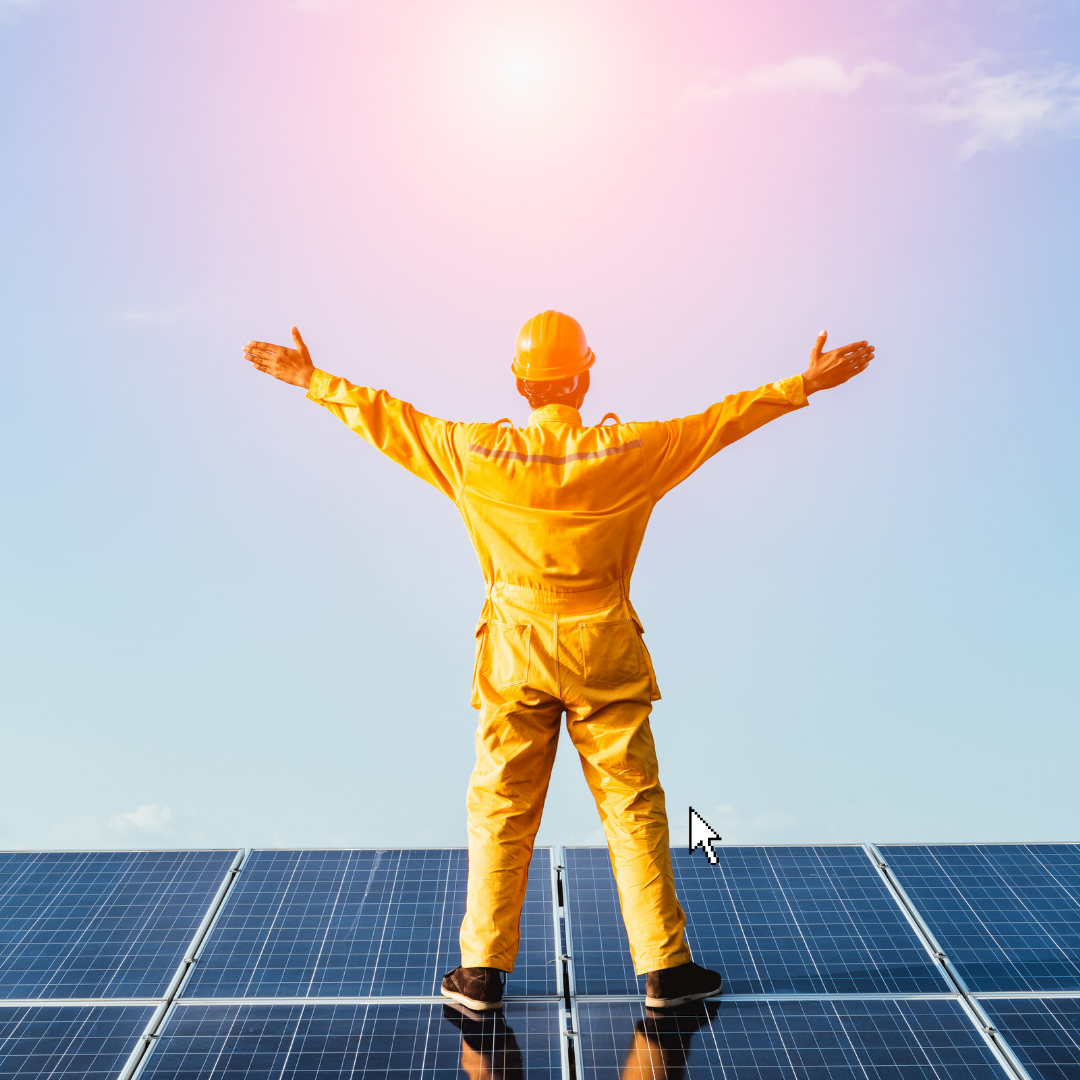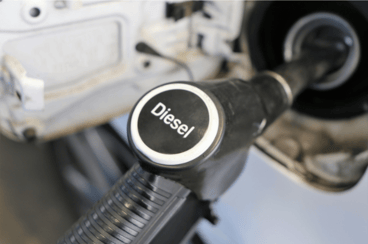
Solar Energy & Sustainable Power for Events Lighting.. part one.

The design, quality, and safety of a lighting system is central to creating the perfect outdoor event. With the UK government’s removal of the 80% discount to diesel users, planners from all sectors are exploring alternative options. Solar powered lighting towers are an alternative technology that has been in existence for decades, and which the government is keen to promote, but can it ever shine brightly enough to make an event dazzle? In this blog, we explore the issue of sustainable events lighting. Firstly, we examine traditional power sources and their environmental impact. Then, the focus turns towards solar power. The blog explains how solar powered lighting towers work, the design challenges, and the innovations that are improving efficiency and cost-effectiveness. Finally, the guide examines the practicalities of replacing engine powered lighting towers with solar alternatives, including performance, maintenance, and value for money. Although the blog is intended for people in the events and plant hire industries, the information is applicable to all sectors requiring high powered portable outdoor lighting.
Traditional Events Lighting Options
Rugged and reliable, engine powered lighting towers have long been the backbone of the events industry. One of the benefits of engine-powered systems is their lengthy pedigree, which has led to solutions that are reliable and safe. Standard safety features include Automatic Mast Operating Safety System (AMOSS) and auto start/stop sensors, ensuring guaranteed levels of safety and efficiency. The result is technology that is tried, tested and trusted.

How sustainable are engine powered lighting towers? Any technology that relies upon fossil fuels will never be carbon neutral. However, there are ways to make the systems greener, less polluting, and more efficient without abandoning fossil fuels altogether. For instance, at Trime we offer engine powered lighting tower solutions with built-in fuel saving and emission reduction features, and these are partnered with energy efficient LED lights. Together, these can deliver hundreds of hours of run time while reducing fuel costs by up to 72%. As such, with the correct design, the sustainability of engine powered lighting towers can be considerable.
What are the barriers to using engine powered lighting towers? The UK government is committed to phasing out diesel-powered plant, and there are several reasons for this. Firstly, replacing diesel is necessary to achieve the net zero 2050 CO2 goal. Secondly, diesel is recognised as a major polluter under the Clean Air Act 1956 and the Environment Act 1995. Thirdly, fossil fuels are an economically unstable energy solution, leaving users at risk of sudden price hikes that can leave industries vulnerable.
As of April 1st 2022, the government started a national diesel phase out. It began with the removal of entitlements to fuel rebates, which prior to April 2022 have offered businesses a generous 80% discount. The underlying plan was that red diesel would become so expensive to use that companies will have no choice but to pursue greener options.
What are the alternative energy options? While significant funding is being channelled into static large scale solutions such as wind and wave power, these are of little use in remote machinery such as lighting towers and mobile plant. Although possible in theory, the need to be able to move the equipment results in a range of practical headaches. Therefore, the most promising sustainable option is solar power. Solar solutions benefit from being the same size as existing engine powered lighting options, being reliable, safe to operate, and being affordable.
How Is Solar Energy Used In Lighting? Using the sun’s daytime energy to light the darkness has the potential to offer zero carbon lighting. The underpinning science and technology rely upon basic principles, but the quality of design and choice of materials have a significant influence on the efficiency, efficacy, and cost-effectiveness of the installation.
Head back for part 2 next week where we look at the four key components of solar lighting and explain their importance.....
To find out more about the advantages of our sustainable event lighting and how we can help, please contact us.







